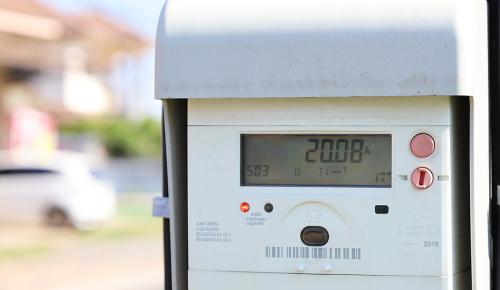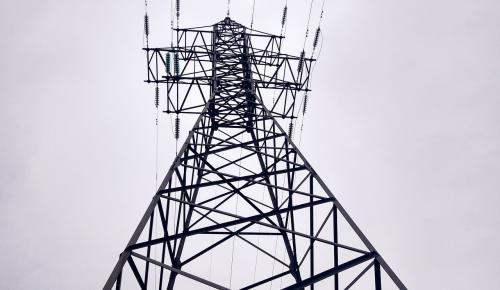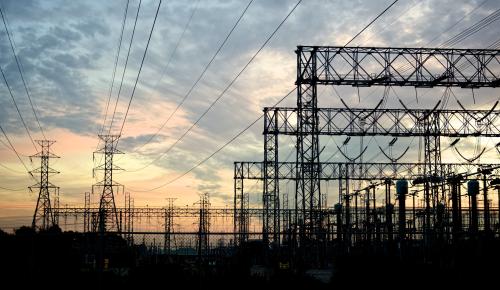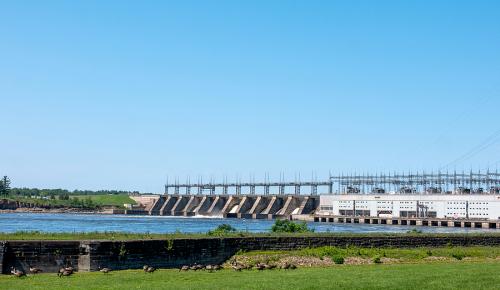Demand Response
Synapse helps to shape state policies and market rules for demand response (DR), provides guidance on and develops comprehensive frameworks for properly evaluating DR cost-effectiveness, reviews DR potential studies, assesses DR potential, analyzes the ability of DR to reduce costs in wholesale markets, and models the impact of DR on energy system costs and air emissions.
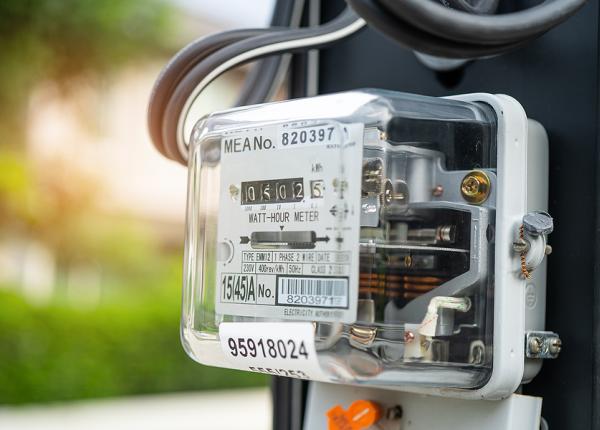
Overview
Demand response encompasses numerous types of measures to modify (mostly reduce) building energy loads during system peak hours to reduce system costs or during system emergency conditions to maintain grid reliability. A variety of technologies are used to provide DR services, including direct load control devices, smart thermostats, energy management systems, backup generators, and energy storage systems such as electric batteries and water heaters. DR offers a cost-effective alternative to traditional supply solutions as it can help avoid costly energy procurement, capacity, and system investments for a small number of hours of need. Further, on-site storage offers an emerging DR strategy where DR can absorb excess generation to support the integration of renewable resources.
Synapse has made presentations to the Federal Energy Regulatory Commission and European regulators on issues such as DR compensation and the ability of fast-responding DR to efficiently integrate renewable sources. Our team also has experience with integrating DR into wholesale markets.
Regulatory Policies Supporting Demand Response
On behalf of our clients, Synapse assesses existing demand response regulations and develops recommendations for improvements. Synapse also assists our regulatory agency clients with developing new DR regulations. Synapse drafted Puerto Rico’s Regulation for Demand Response. This included developing the draft regulations, working with the Commissioners to meet their needs, responding to comments from stakeholders, and finalizing the revised regulation.
Demand Response in the Wholesale Market
Synapse promotes the inclusion of Demand Response as a supply-side wholesale market participant that can provide reliable, quick-start energy, reserves, and capacity. We have worked on behalf of demand response providers as well as consumer advocates who see the value of DR as a clean, low-cost resource in the wholesale markets context. Our services include:
- Participating in meetings held by the independent system operator (ISO) in New England on behalf of our clients)
- Assessing DR market rules and proposing recommendations for improvements
- Estimating capacity payments for DR resources in the ISO New England market
Demand Response in Resource Planning
Synapse frequently works to ensure that demand response is appropriately evaluated and included in regional, state, and utility energy plans. Our services include:
- Analyzing the potential ratepayer cost-saving benefits of using demand response and other demand-side measures to replace or offset the need for new natural gas plants, transmission and distribution systems, and new natural gas facilities and pipelines
- Evaluating the opportunity to use cost-effective demand response as a resource to meet future demand in utility integrated resource plans
- Promoting the inclusion of demand response in system planning studies conducted by regional Independent System Operators
Demand Response as Non-Wires & Non-Pipeline Alternatives for Utility Infrastructure Planning
Synapse conducts technical and economic potential of demand response and other DER measures as non-wire alternatives (NWAs) to transmission and distribution systems and as non-pipeline alternatives (NPAs) to gas pipeline and infrastructure systems. Synapse also examines screening processes for NWAs and NPAs and develops comprehensive frameworks to integrate cost-effective demand response and other DER measures as NWA and NPA measures in the planning for transmission and distribution systems as well as gas pipeline systems. Synapse has assisted our clients on the assessment of NWAs and NPAs in various jurisdictions in North America, including the District of Columbia, New York, Maine, and Nova Scotia.
Avoided Costs
Synapse develops projections of electricity and natural gas costs that would be avoided due to reductions in electricity and natural gas use resulting from energy efficiency and other demand response measures. Synapse has produced several Avoided Energy Supply Costs in New England studies, key references used by New England energy efficiency program administrators in the development of energy efficiency and demand response plans and reports. Synapse has also calculated avoided electricity costs for many other jurisdictions across North America for a variety of clients, including the American Council for an Energy-Efficiency Economy, GridLab, Efficiency Maine, District of Columbia Public Service Commission, and Puerto Rico Electric Power Authority.
Synapse also conducts:
- Assessment of methodologies used by utilities for estimating avoided costs
- Evaluations of the types of avoided costs used in energy efficiency cost-effectiveness tests
- Estimations of the price suppression effects of energy efficiency resources in wholesale electricity and natural gas markets
- Estimations on avoided costs of carbon emissions
- Projections of long-term avoided costs for individual U.S. states
Learn more about Synapse's expertise in calculating avoided costs.
Cost-Effectiveness Screening
Policymakers use a variety of tests, methodologies, and assumptions to assess the cost-effectiveness of demand response and other distributed energy resources (DERs). Synapse assists clients with the development of cost-effectiveness frameworks, facilitation of working groups, review and development of benefit-cost models, and providing expert testimony. For example, Synapse developed a cost-effectiveness model of batteries as DR for Cape Light Compact , an energy efficiency and DR program administrator in Massachusetts. The model included an analysis of the benefits and costs for alternative battery dispatch schedules and when batteries are paired with solar PV. Synapse is also the lead author of the National Standard Practice Manual for Benefit-Cost Analysis of Distributed Energy Resources and its companion guide Methods, Tools & Resources–A Handbook for Quantifying DER Impacts for Benefit-cost Analysis, published by the National Efficiency Screening Project and coordinated by E4TheFuture.
Synapse’s expertise includes:
- Best practices in cost-effectiveness screening
- Strengths and weaknesses of cost-effectiveness tests
- Properly accounting for energy policies in cost-effectiveness tests
- Guidance for regulators on the use of cost-effectiveness in resource decision-making
Contact an Expert

